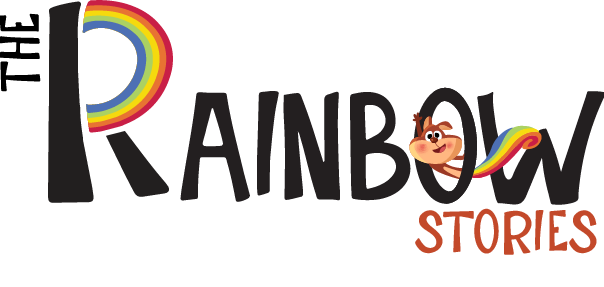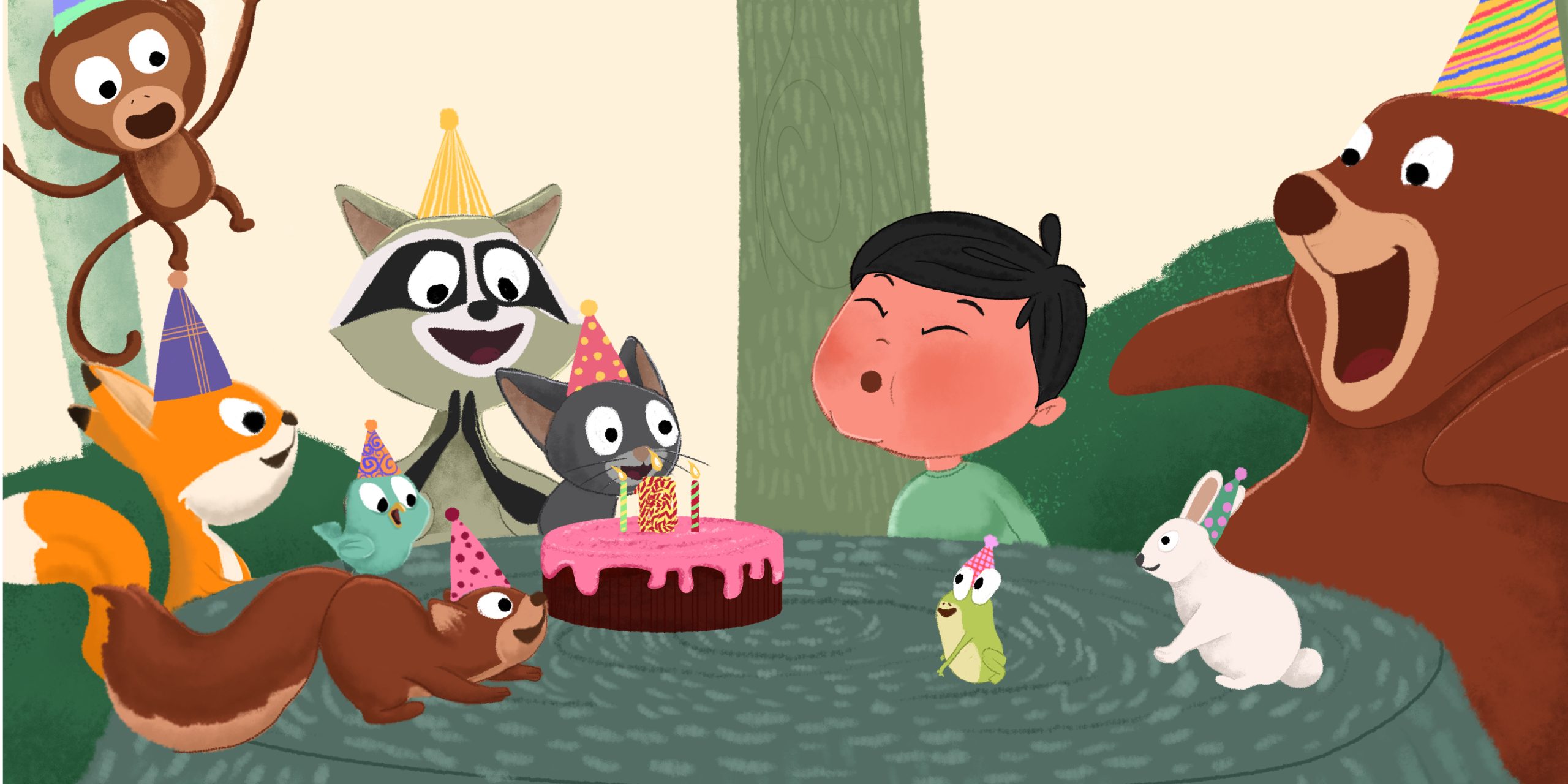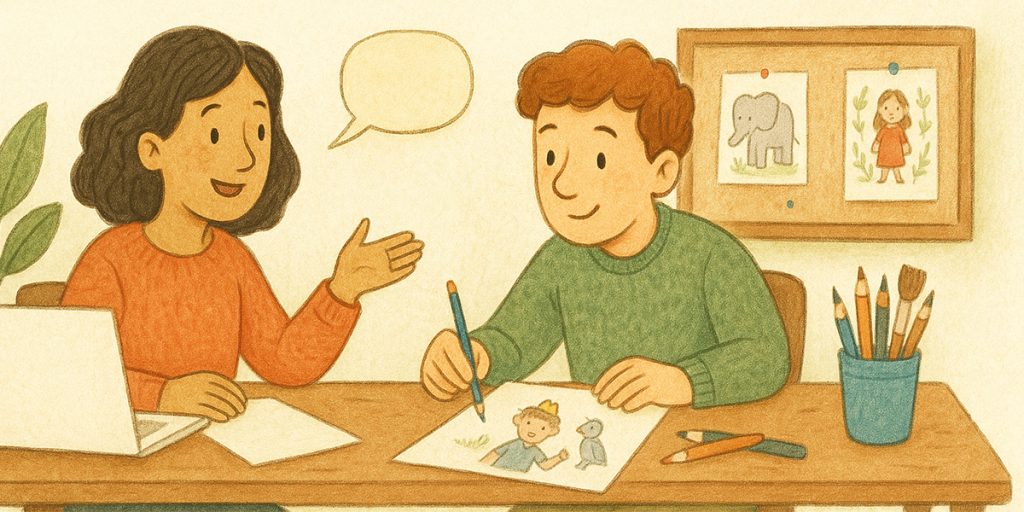Illustrating a children’s book is exciting, but it’s also full of challenges. Even talented artists can stumble into avoidable pitfalls when creating a picture book. From inconsistent characters to poorly planned layouts, these picture book illustration mistakes can distract young readers and weaken the story’s impact.
In this guide, we’ll highlight 11 common children’s book art errors and provide practical advice on how to avoid illustration mistakes. Whether you’re a new illustrator looking for beginner illustrator tips or an author collaborating with an artist, these insights will help ensure your book is polished, engaging, and ready for young audiences.
Inconsistent Character Design
One of the biggest picture book illustration mistakes is inconsistency. Characters may look different from one page to another if proportions, hairstyles, or facial features change unintentionally.
How to avoid it: Create a character sheet with references for every angle and expression. This keeps the design uniform throughout the story.
Ignoring Page Flow and Composition
Some beginners focus on individual spreads without considering how pages flow together. This can break the storytelling rhythm.
How to avoid it: Plan the book’s visual flow with storyboards. Ask yourself: can the story be followed visually even without reading the text?
Overcrowded Illustrations
Cramming too many details or objects onto a page can overwhelm young readers.
How to avoid it: Use clean, balanced compositions. Highlight only what matters for the scene while leaving space for text and white areas that give eyes a rest.
Poor Text Placement
One frequent children’s book art error is forgetting to leave room for the text. Placing words over busy backgrounds makes them hard to read.
How to avoid it: Design illustrations with text blocks in mind. Work with the book designer early to ensure fonts are clear and child-friendly.
Flat or Weak Expressions
Children rely on facial cues to understand emotions. Flat or unclear expressions make characters unrelatable.
How to avoid it: Exaggerate emotions slightly. Practice drawing your characters with different moods—happy, sad, scared, excited—to build emotional variety.
Inaccurate Proportions and Anatomy
Especially for beginners, maintaining consistent anatomy can be difficult. For example, characters’ hands or legs may change size from one page to another.
How to avoid it: Use reference photos and practice figure drawing. Keep a proportion guide handy while working on the book.
Weak Backgrounds or Settings
Some illustrators focus only on characters and neglect the environment. This makes the world feel empty.
How to avoid it: Develop background sketches early. Even simple props—trees, furniture, or classroom elements—can create context that enriches the story.
Poor Color Choices
Colors set the tone of the story. Using random palettes without thought can clash with the book’s mood.
How to avoid it: Create color studies before finalizing. For example, warm tones work well in playful stories, while cooler tones suit calm or bedtime tales.
Overuse of Digital Effects
With digital tools, it’s tempting to add too many filters, gradients, or textures. This often distracts from the main narrative.
How to avoid it: Focus on clarity and simplicity. Effects should enhance the art, not overpower it. Less is usually more.
Forgetting Cultural Sensitivity
A critical yet overlooked mistake is unintentionally drawing stereotypes or inaccurate cultural details.
How to avoid it: Research thoroughly before illustrating. Be mindful of cultural attire, symbols, and traditions, ensuring they’re accurate and respectful.
Skipping Professional Review
Many illustrators, especially beginners, skip the final review process. This leaves unnoticed errors that appear in print.
How to avoid it: Share your work with editors, art directors, or experienced illustrators. Fresh eyes can catch details you’ve missed.
Conclusion
Illustrating a children’s book is more than just drawing pretty pictures—it’s about storytelling, consistency, and emotional impact. By avoiding these common children’s book art errors, you’ll create a book that engages readers and supports the author’s vision.
Remember, most picture book illustration mistakes happen when illustrators rush or skip planning steps. If you’re new, keep these beginner illustrator tips in mind: create character sheets, plan storyboards, and test colors before finalizing your art.
And if you’re looking for expert guidance, at The Rainbow Stories we specialize in children’s book illustration services, helping authors and illustrators navigate every step of the picture book art workflow. With professional checkpoints and unlimited revisions, we ensure your story shines on every page.







